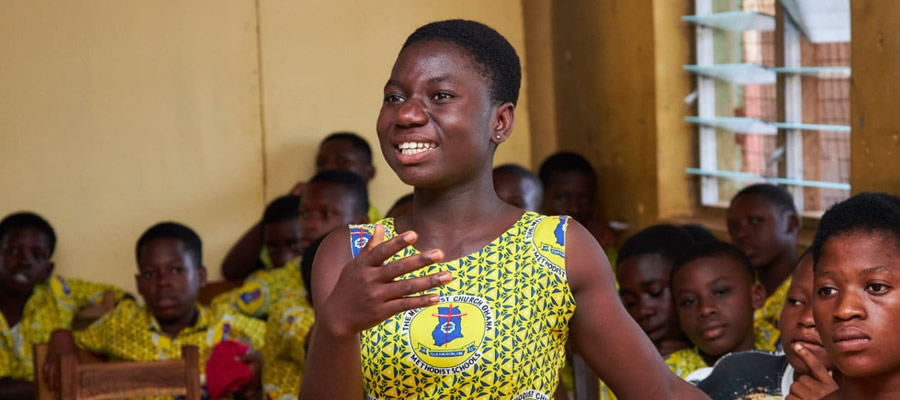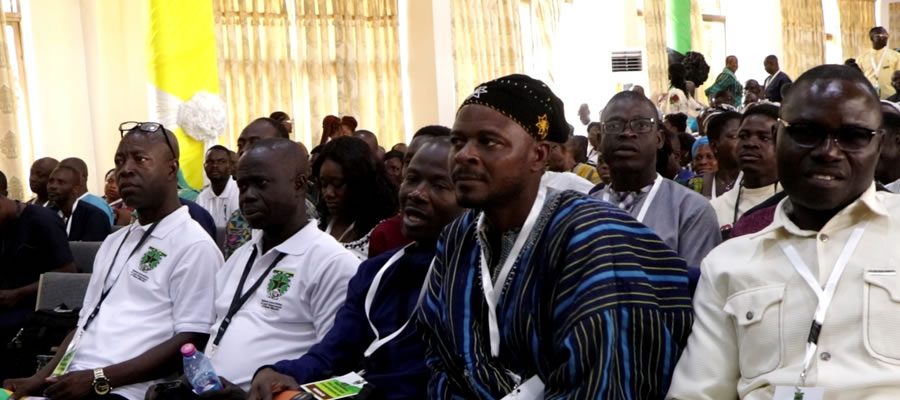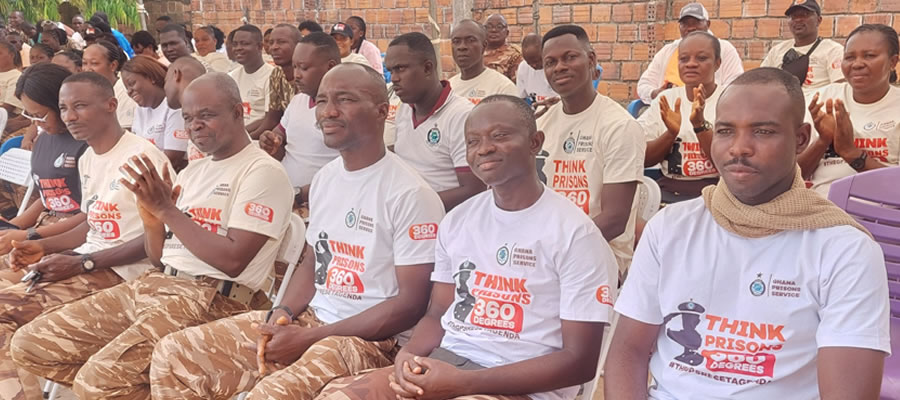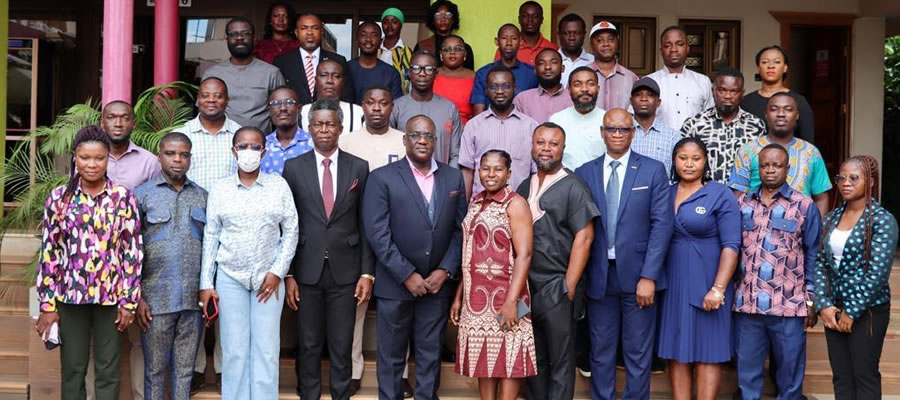
Population & Major Settlements
Population of Bono Region
Breakdown of the population distributions in the Bono Region by Districts, 2021
Source: Ghana Statistical Service, 2021 Census.
Population Distributions by Gender in the Bono Region
Source: Ghana Statistical Service, 2021 Census.
Population Distributions by Age Groups in the Bono Region
Source: Ghana Statistical Service, 2021 Census
Population in Households and Non-households by Region and Sex; Ghana 2021
Population Share and Percentage Change by Region; Ghana 2010 and 2021 Censuses
Residential and Non-Residential Structures by Region; Ghana 2021 Census
NB: These numbers exclude structures at lintel level without roof, window level, concrete/metal/pillars levels
BONO REGION: POPULATION BY SEX, TYPE OF LOCALITY AND DISTRICT
BONO REGION: SELECTED POPULATION CHARACTERISTICS BY DISTRICT, GSS 2021
Settlement
The Region is predominantly urban in character with about 58.6% of the population being urban and 41.4% rural. The Berekum East Municipal (86%) is most urbanised, followed by Sunyani Municipal (81%), Sunyani West Municipal (76%), Dormaa East District (72%) and Jaman North (60%). The Banda District (0%) is the least urbanised district, followed by Berekum West (32%), Dormaa West (34%), Jaman South (36%) and Dormaa Central (40%).
Eight (8) Districts (Sunyani, Sunyani West, Berekum East, Dormaa Central, Jaman North, Jaman South, Tain and Wenchi) have population above 100,000, one (1) have 100,000-50,000, and three (3) have 50,000-20,000. The principal towns in the Bono Region are Sunyani, Berekum, Dormaa Ahenkro, Wenchi, Odumasi).
People
The predominant ethnic groups in the Region are Akans (including Bonos, Ahafos and Asantes) and Mole-Dagbani. There also exist minority groups like Guan, Ga-Dangme, Gurmas, Ewes and other northern tribes. The predominant ethnic groups across the districts according to the 2021 Population and Housing Census are shown in the table below:
Predominant Ethnic Groups in the Bono Region, 2021, GSS PHC 2021
Date Created : 8/9/2023 12:00:00 AM












 facebook
facebook
 twitter
twitter
 Youtube
Youtube
 +233 593 831 280
+233 593 831 280 0800 430 430
0800 430 430 GPS: GE-231-4383
GPS: GE-231-4383 info@ghanadistricts.com
info@ghanadistricts.com Box GP1044, Accra, Ghana
Box GP1044, Accra, Ghana